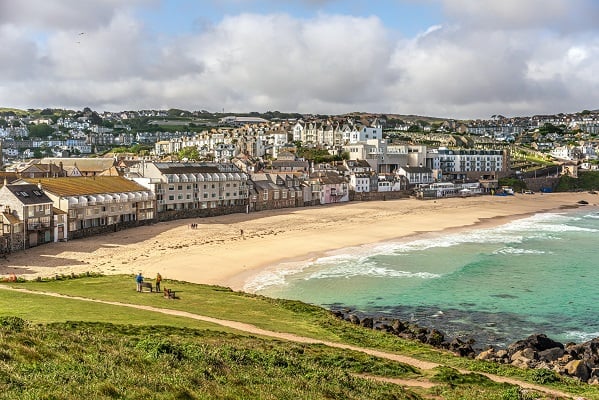A few weeks on from the most recent decision to increase base rate by a further 0.50% to 1.75% on 4 August, the overall average two-year fixed rate has increased by 0.14% and has now reached 4.09%.
This is the first time that this rate has breached 4% since February 2013, when it was also 4.09%. In December 2021 the average two-year fixed rate sat at 2.34%, so has risen by 1.75% so far in 2022, 0.10% more than base rate has increased over the same period.
The overall five-year fixed average has gone up by 0.16% since the beginning of August to 4.24%, a rise of 1.60% compared to December 2021 (2.64%). However, over that same period, the differential between two and five-year average rates has shrunk from 0.30% to 0.15%.
Read more on mortgages, finance and investments:
Interest rate hikes predicted to see mortgage transactions fall by 6%
Furness Building Society has returned to the market with a range of new residential, buy-to-let and holiday let products
Mortgage transactions down 33% since first interest rates rise
Annual house price growth falls to 7.8% in June ‘given the extreme economic headwinds ahead’
The narrowing cost benefit of two-year compared to five-year fixed rates may incentivise consumers to consider the added security of fixing payments for a longer term.
Conversely, the average 10-year fixed rate has remained steady, inching up by 0.01% in August to sit at 4.20% today, making it 0.04% lower than the current average five-year fixed rate.
Eleanor Williams, finance expert at Moneyfacts, said, “The average shelf-life of a mortgage product had sunk to a record low of just 17 days at the start of this month. In the aftermath of another base rate increase since then, providers are continuing to react with further revision of their offerings.
“The level of choice has reduced, dropping by 269 products and leaving 4,138 on sale currently.
“We have seen lenders withdraw parts of, or entire product ranges, with a number citing the pause in lending being due to unprecedented demand. Providers need to manage their service levels following an influx of applications, as borrowers have rushed to secure deals before rates have a chance to climb even further.
“Those wanting to fix for a lengthier time might be pleased to see that the average 10-year fixed average rate has barely changed since the start of month, inching up by 0.01% to sit at 4.20% today.
“This is actually 0.04% lower than the current average five-year fixed rate. In the volatile swap-rate arena, shorter-term rates of up to two years have recently been more expensive than their longer-term five and ten-year equivalents, indicating risks are seen as greater in the near future than in the longer-term, and therefore feeding into lower pricing for consumers on corresponding mortgage products.
“For consumers hoping to mitigate some of the impact of the ongoing cost of living crisis with a new fixed deal, seeking advice may well be wise as this remains a very changeable landscape, and ensuring they select a product that suits their future plans and priorities is crucial.
“Locking in to a decade-long fixed deal could be a double-edged sword; mortgage rates are currently on an upwards trajectory and there is anticipation that further base rate rises could impact the sector, so securing a long-term, stable fixed rate deal may well be foremost in many consumers’ minds.
“However, there may equally be others who believe rates could fall over that time, and as many deals in this sector carry hefty early repayment penalties, some may be concerned they may be tied in to a higher rate and repayments, should cheaper deals resurface down the line.”





Leave a Comment